One of the best books I’ve read this year is Station Eleven by Emily St. John Mandel.
The story is set in a post-plague future where 99% of humanity is dead and the remaining few live mean and difficult lives. But the book is actually about the human need to make art, even in the most terrible of circumstances. A group of musicians and actors travels around the Great Lakes through the ruins of civilization. They play classical music and perform Shakespeare for whatever hardscrabble audiences they find. The banner on their caravan displays a quote from Star Trek: Voyager‘s Seven of Nine: “Survival is insufficient.” In this ruined future, pop cultural artifacts from the past such as graphic novels and celebrity gossip magazines are treasured and held in awe to the same degree as Shakespeare and Beethoven, though for different reasons.
I was thinking about this book as I continued my walk around 27th Street, Chicago, where it intersects Kedzie. Earlier this year, I beheld the Roman ruins at Bulla Regia and spent time communing with Amphitrite and her chums on the floor of in an underground house. Was that mosaic the graphic novel of its day? Do we venerate and preserve it nowadays in part because we know that there will be no more Roman mosaics? And if a Station Eleven-style plague really did ravage our civilization, would the graffiti murals at 27th and Kedzie one day be venerated by the descendants of our survivors? And would those descendants appreciate the murals all the more because of their incredulous understanding that such art was actually illegal in the civilization that produced it?
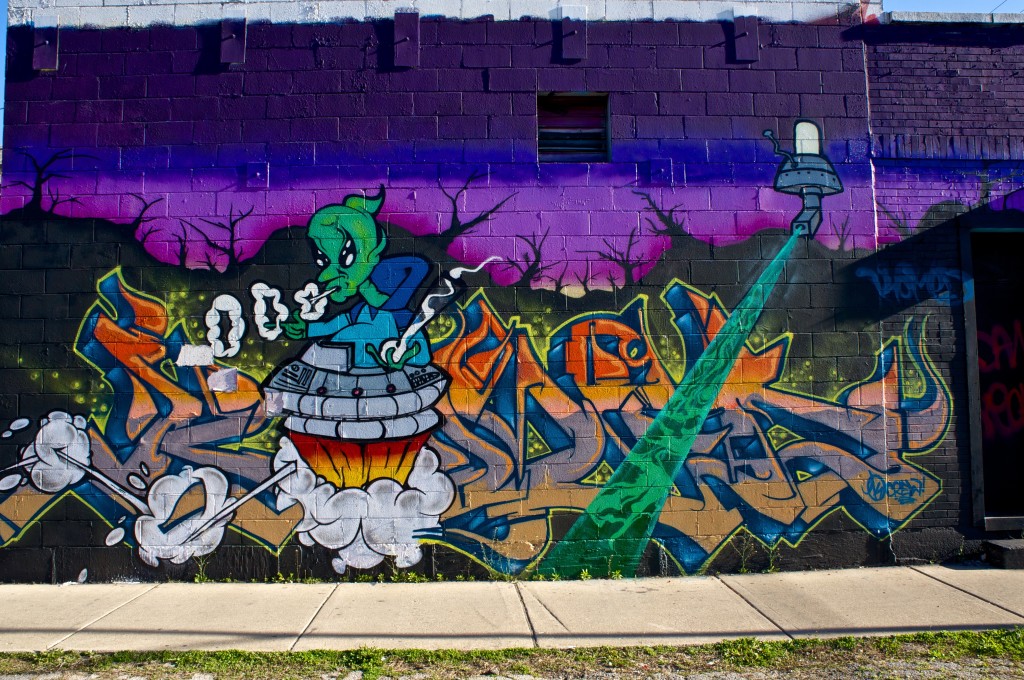

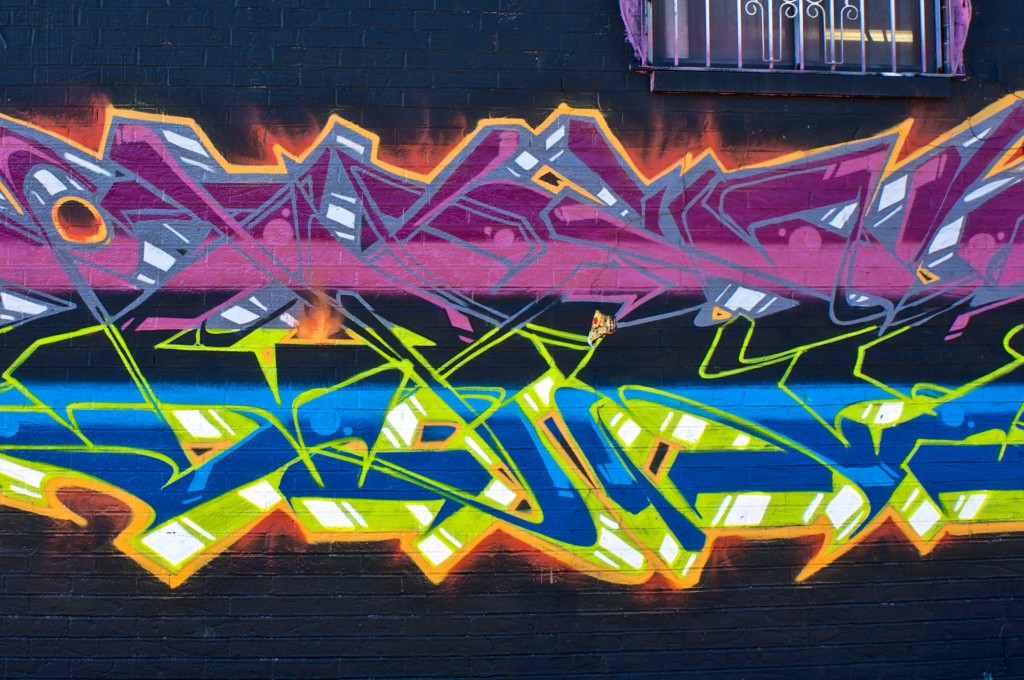
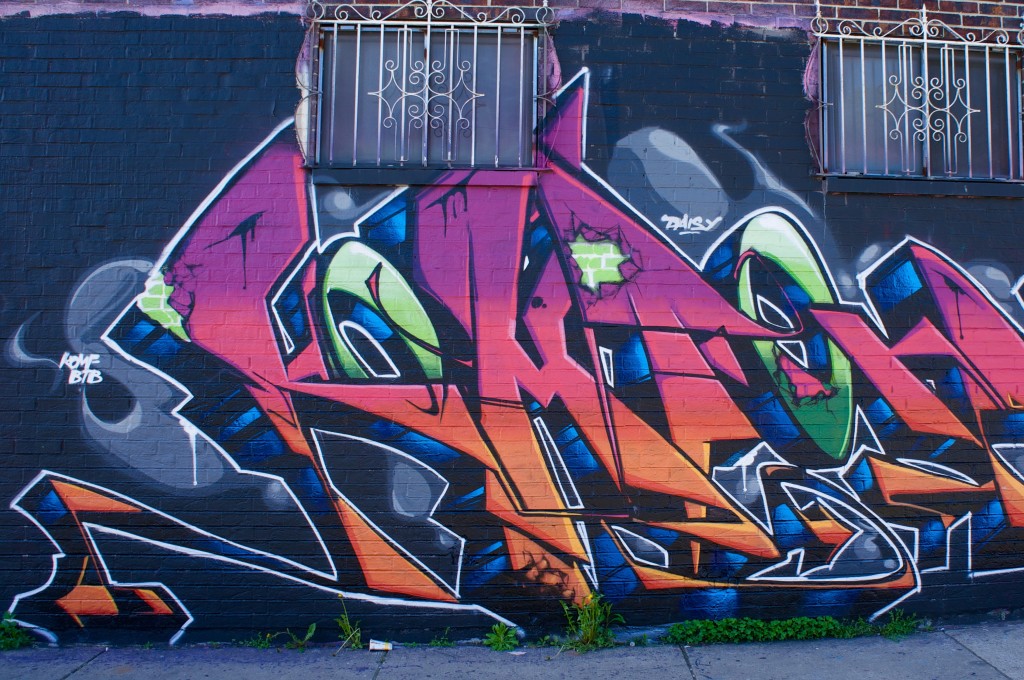
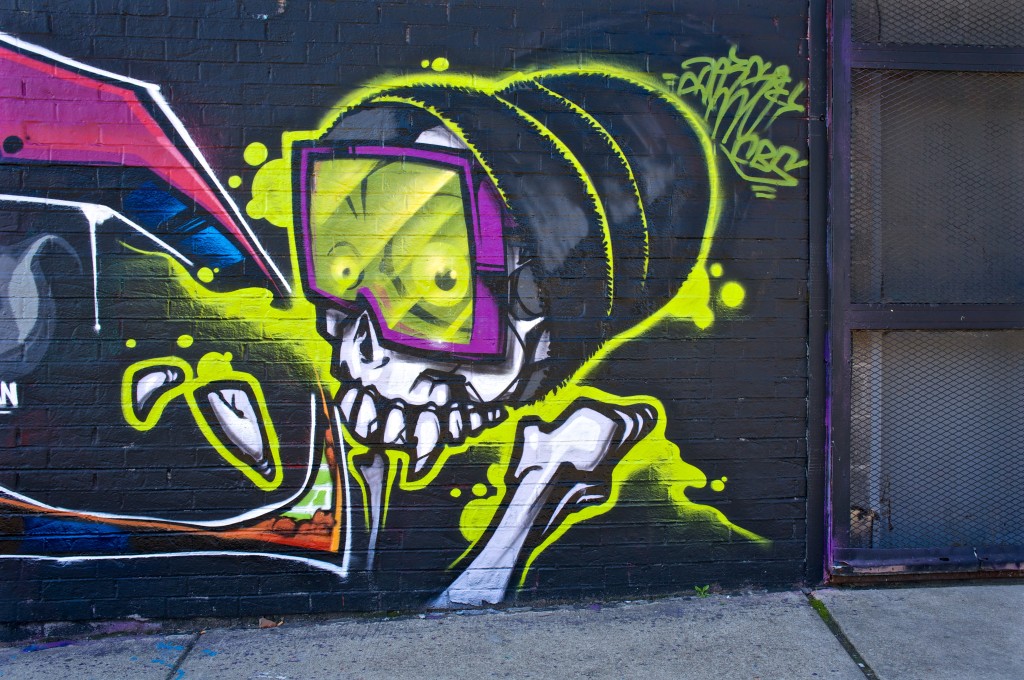
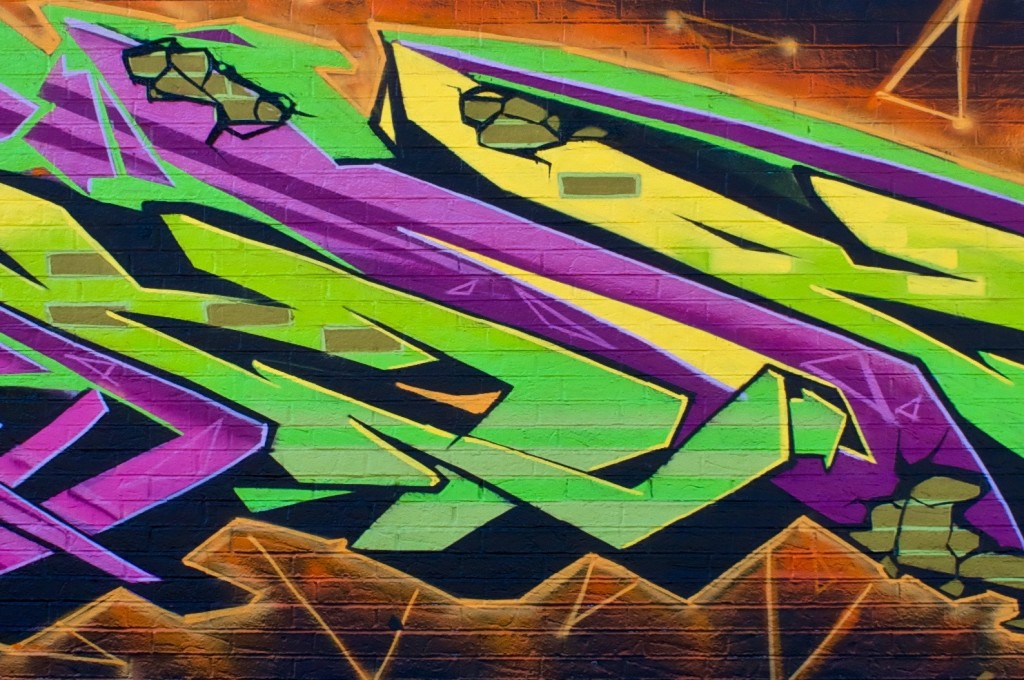
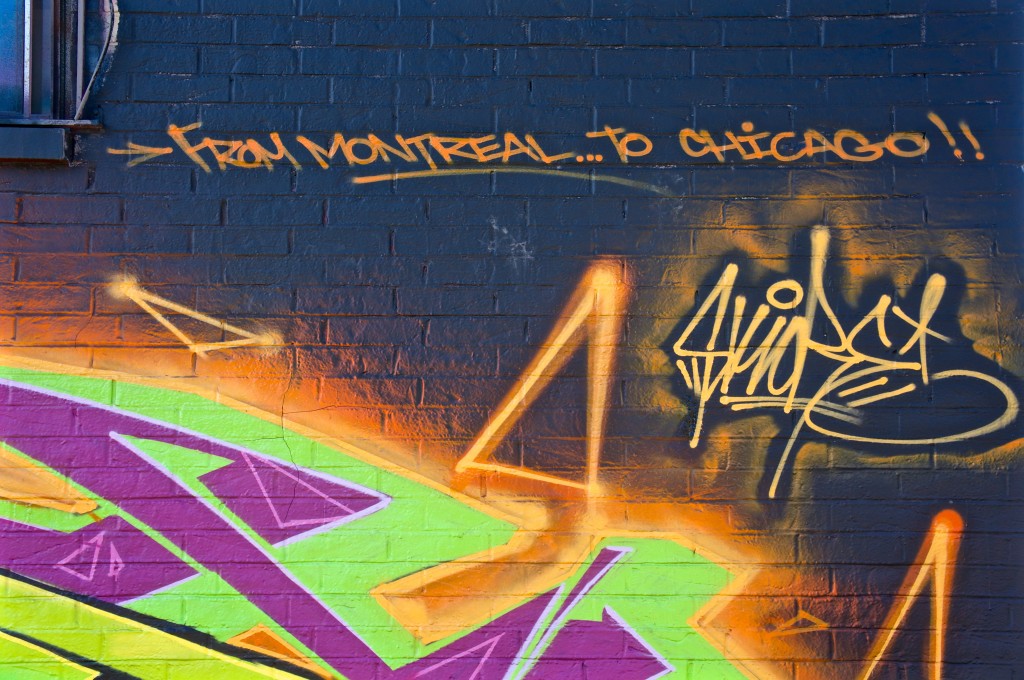
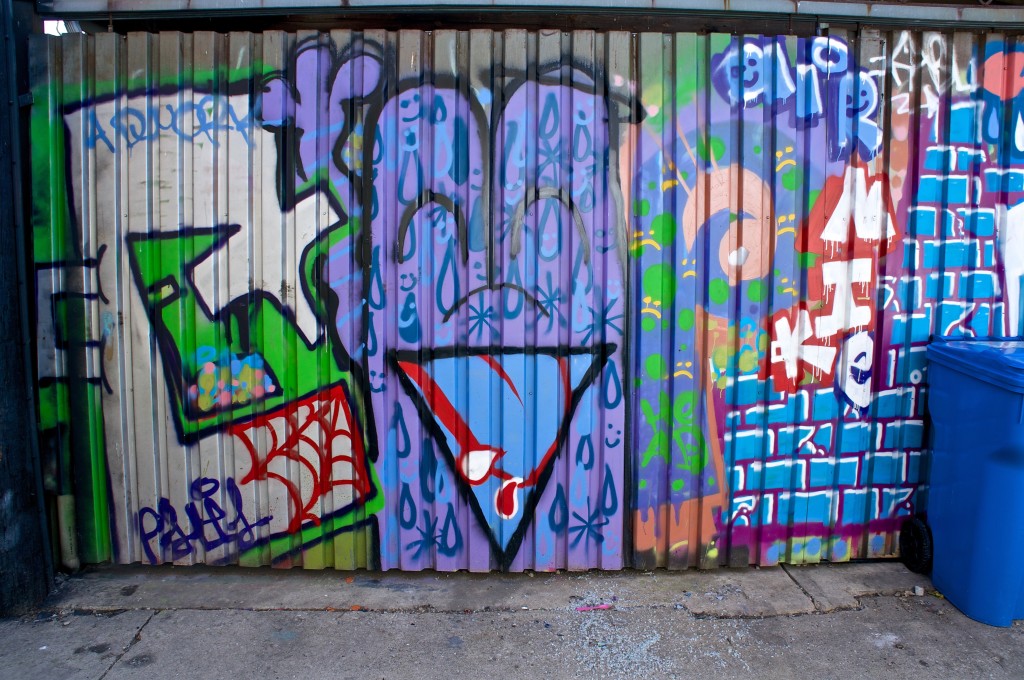
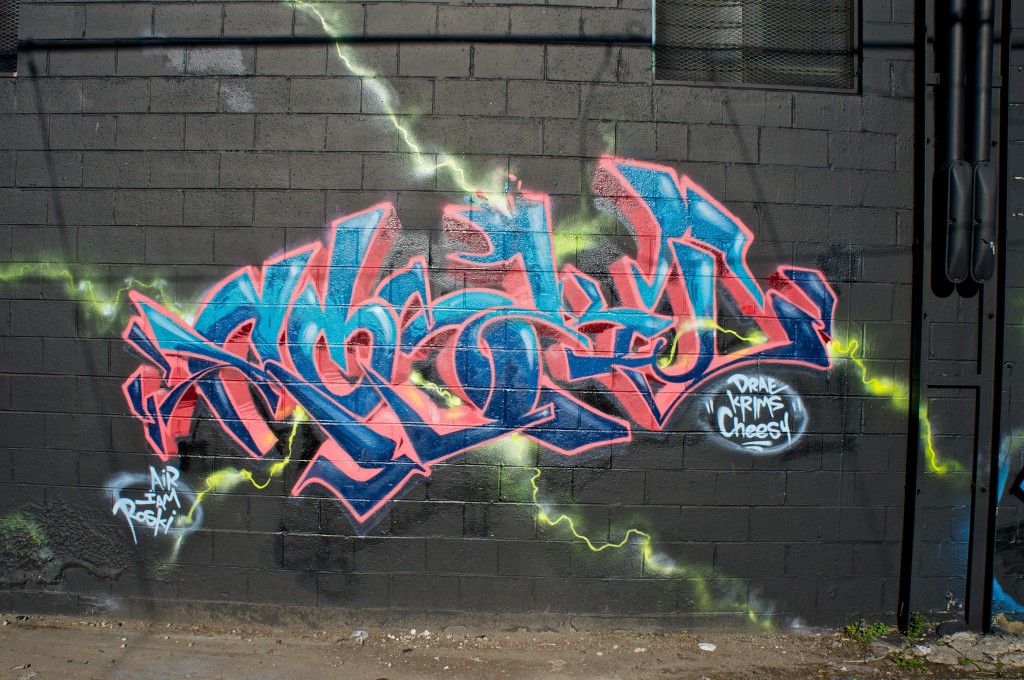

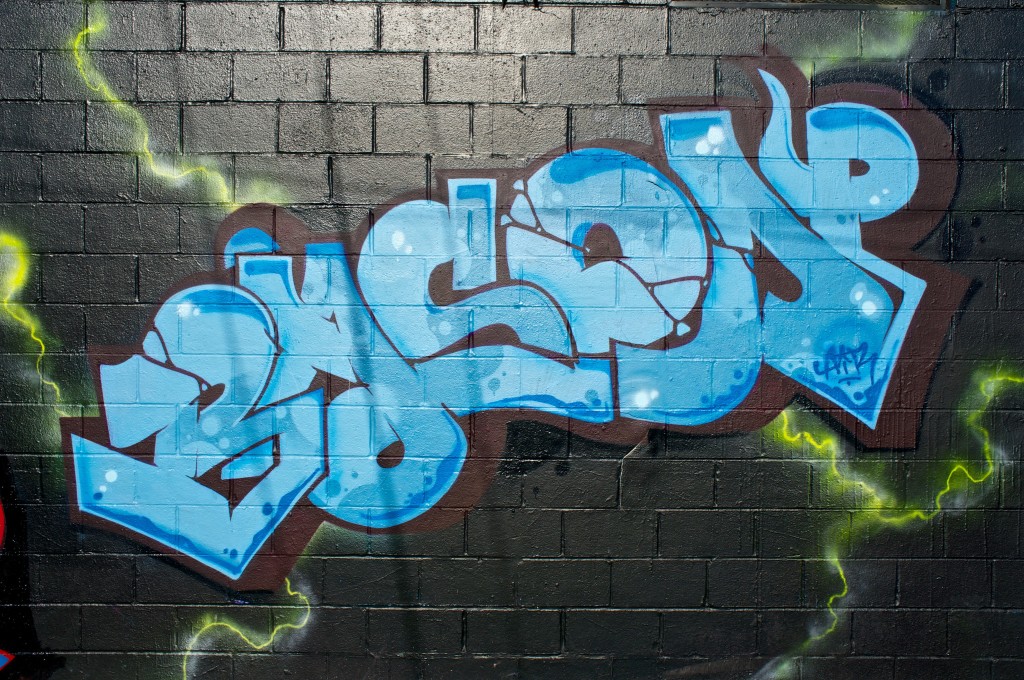
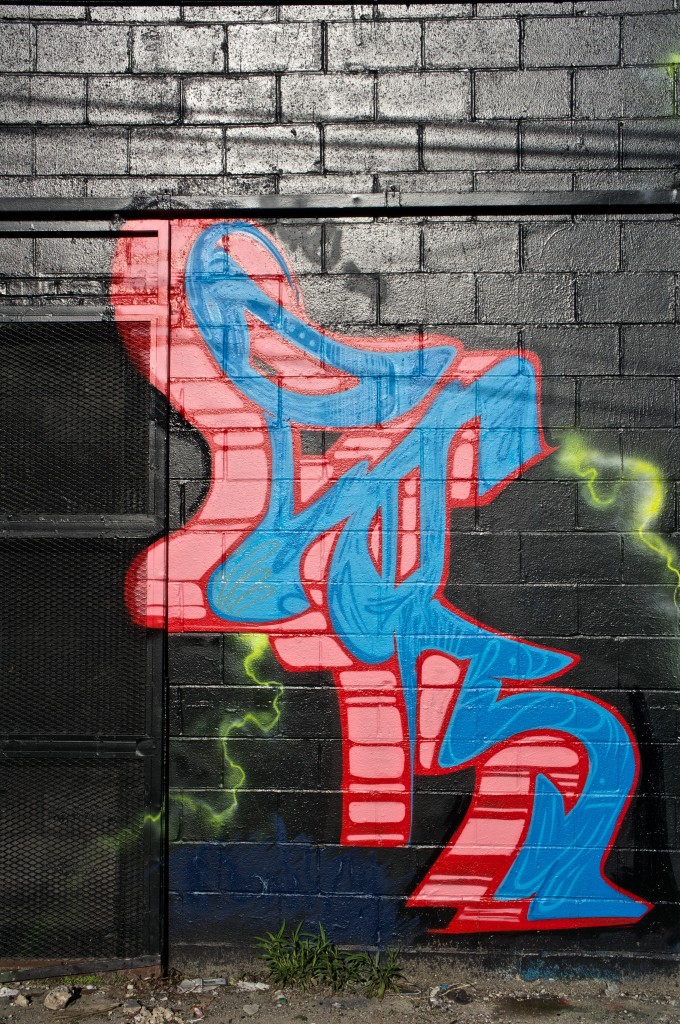
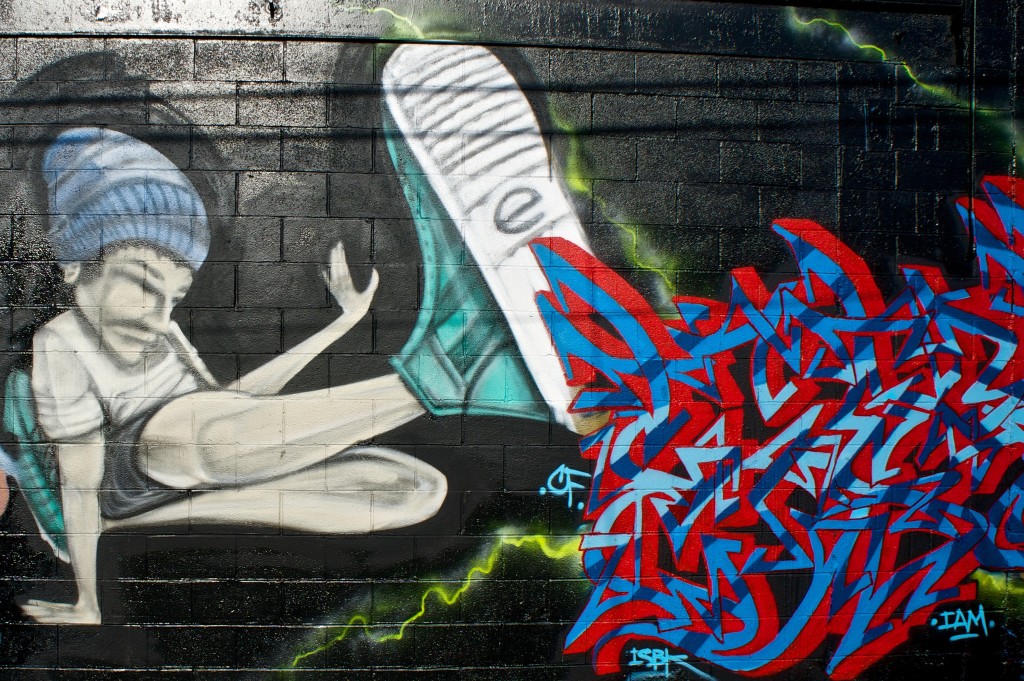
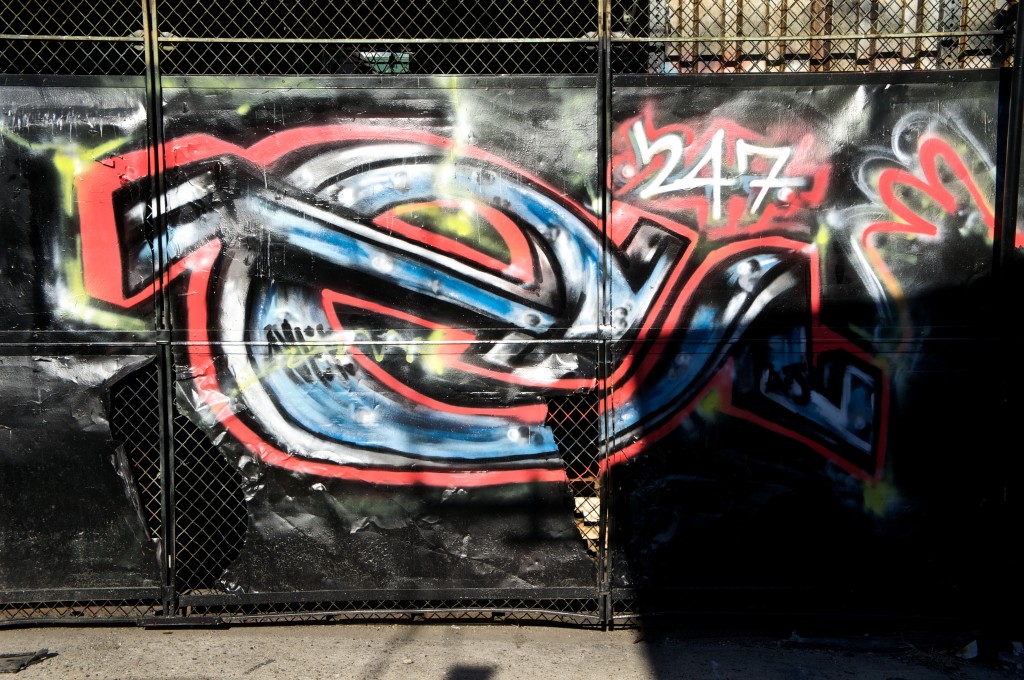


































Speak Your Mind